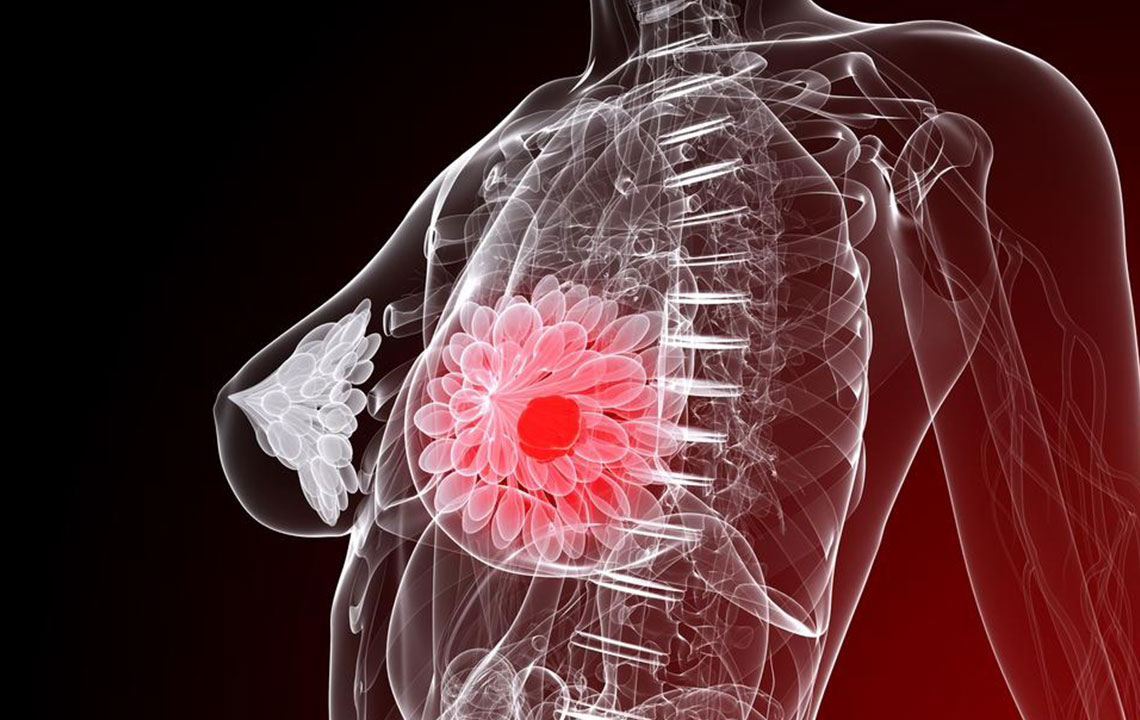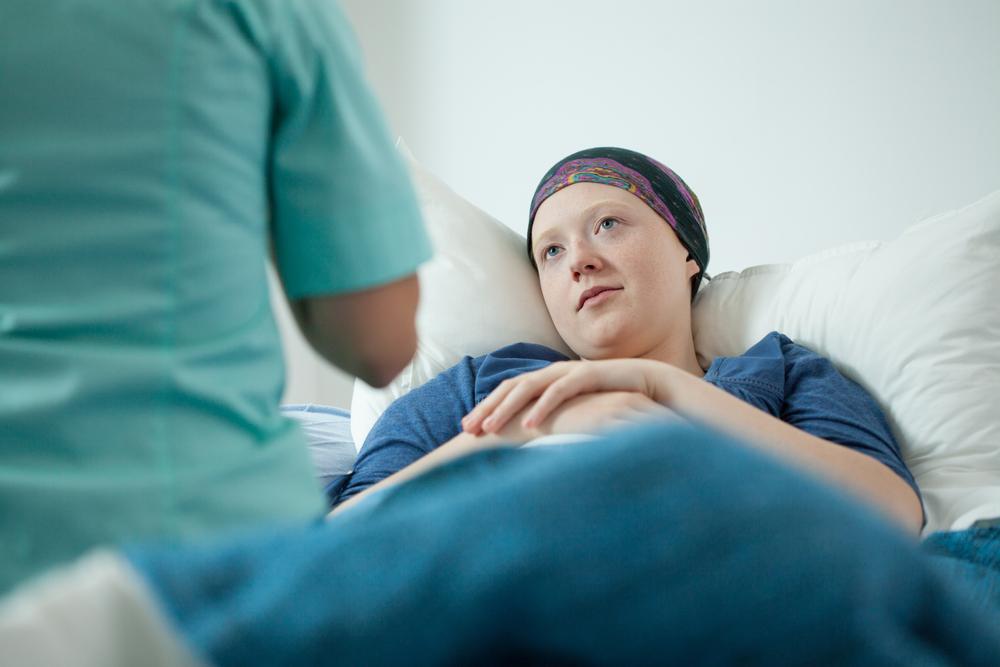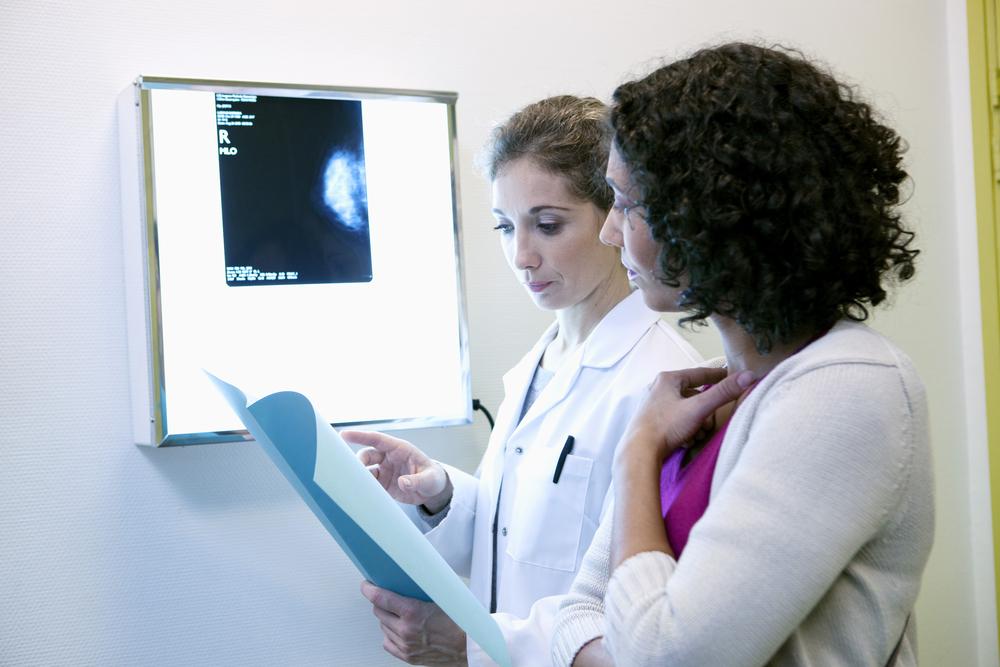Comprehensive Guide to Breast Cancer: Essential Facts and Prevention Tips
This comprehensive article provides vital insights into breast cancer, emphasizing early detection, risk factors, and preventive measures. It highlights that breast cancer can affect both genders and discusses the importance of regular self-examinations and mammograms. The guide debunks common misconceptions and encourages proactive healthcare. With over 1500 words, it aims to educate women and men about recognizing symptoms, understanding risk factors, and taking preventive steps to improve health and early diagnosis. Knowledge is key to combating breast cancer effectively.

Comprehensive Guide to Breast Cancer: Essential Facts and Prevention Tips
Breast cancer remains one of the most significant health challenges facing women worldwide, and awareness about its early signs, risk factors, and preventive measures is crucial. Often, early detection occurs through the identification of lumps, noticeable changes in breast appearance, or abnormal findings during routine mammograms. It is the second most common cancer among women globally, following skin cancer, with increasing cases of HER2-positive breast cancer across various populations.
This comprehensive guide aims to provide in-depth insights into breast cancer, including who is at risk, how it can be detected early, and proactive steps to reduce risk factors. Understanding these key aspects equips women—and men, in rare cases—with the knowledge necessary for early diagnosis and effective management.
Here are some vital facts and insights about breast cancer that everyone should know:
Breast Cancer Affects Both Genders: While it predominantly affects women, men are not immune. Although rare—accounting for less than 1% of all breast cancer cases—men should remain vigilant about symptoms such as unusual lumps, nipple discharge, or skin changes. Awareness among men can lead to earlier detection and better outcomes.
Appearance of Lumps Is Not Always Present: Many breast cancers manifest as palpable lumps, but some may grow without forming a noticeable lump. These cases are often detected through imaging or other diagnostic methods. Thus, awareness of other symptoms is essential.
The Importance of Self-Examination: Performing monthly breast self-examinations helps women become familiar with their breasts and notice any changes early. Indicators like swelling, redness, nipple retraction, or discomfort should prompt medical consultation.
Role of Mammograms in Early Detection: Mammograms are the most effective screening tools for early detection; however, they are not infallible. Sometimes, results can be inconclusive, necessitating additional imaging or biopsies. Regular screenings are recommended, especially for women over 40 or those with increased risk factors.
Genetic Predispositions Are Only One Part of the Risk: Family history can elevate risk, but many breast cancer cases occur without any known genetic factors. Lifestyle, environmental exposures, and hormonal influences also play vital roles. Consulting healthcare providers about genetic testing and risk assessment is advisable for those with a family history.
Misconceptions and Myths About Breast Cancer:
There is no specific age at which breast cancer invariably occurs. While risk increases with age, younger women can also develop the disease.
Both women and men can develop breast cancer; gender is not a definitive safeguard or risk factor alone.
Absence of a family history does not eliminate risk—random mutations can lead to cancer development.
Maintaining healthy eating habits and regular physical activity are beneficial but do not guarantee prevention. They should be part of a holistic approach to health.
In conclusion, understanding breast cancer's fundamentals—including its signs, risk factors, preventive measures, and the importance of early detection—empowers individuals to take proactive steps for their health. If you notice any unusual symptoms or have concerns about your risk, consulting a healthcare professional promptly can make a significant difference in diagnosis and treatment outcomes. Regular screenings, awareness, and early intervention are the best defenses against this common yet often curable disease.





